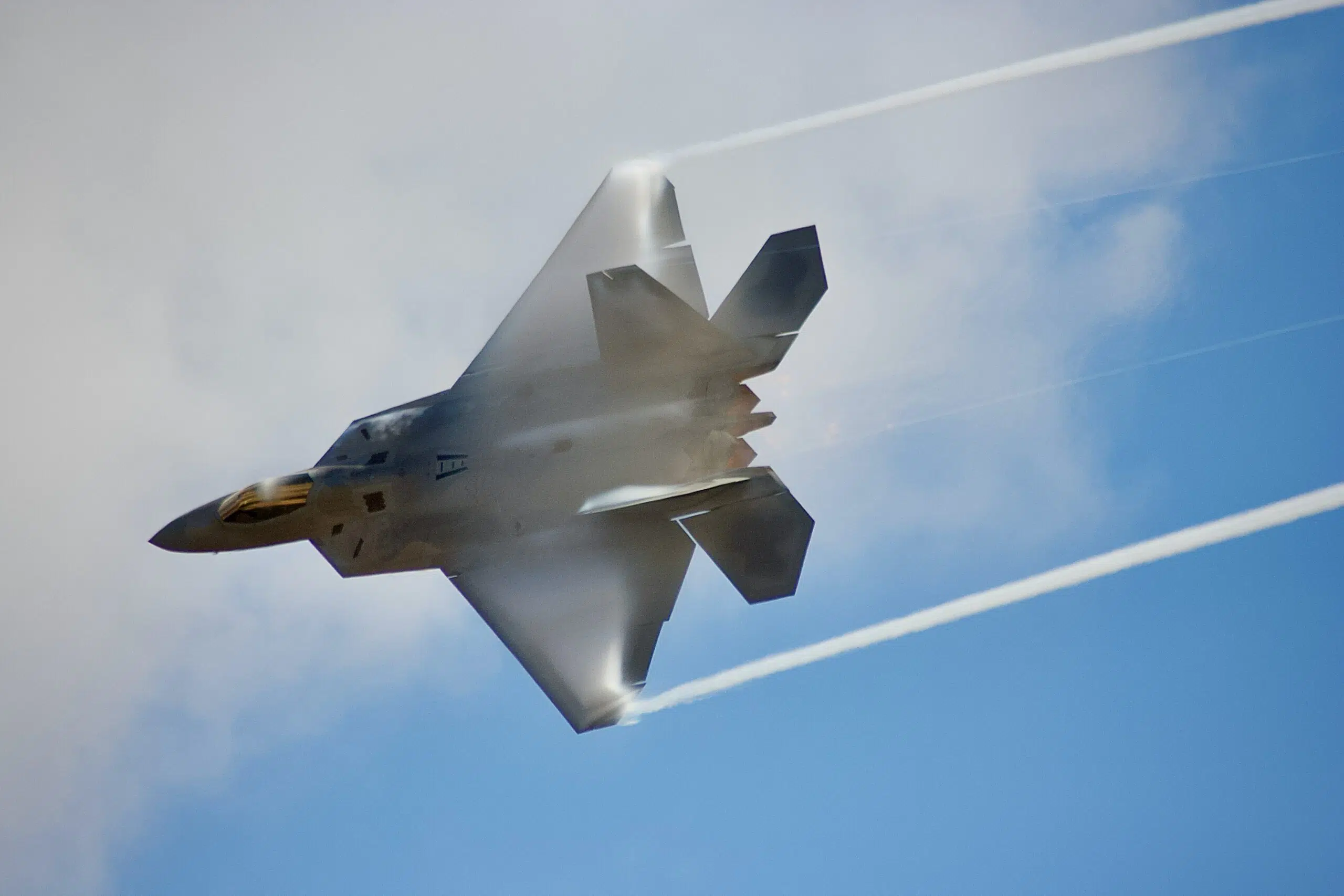Examples
Have a look at this example analogy:
Knowing the meaning of the capitalized words and recognizing the adult to child relationship is necessary to determine the correct answer: B) cub.
The AFOQT also employs a second type of verbal analogy:
DOG is to PUPPY as
cow is to horse
tiger is to cougar
Here the answer is C) lion is to cub. You may have been tempted to select choice B, as a child to adult relationship is shown here. However, choice B would be incorrect because it is not in the same order as the given relationship. Remember to keep the order the same in the first and second pairs!
Familiarizing yourself with some of the more common analogies you might see on the AFOQT will also be helpful. While this list is not exhaustive, it does give you a good starting point.
1) Part to Whole (correct): KEYBOARD is to COMPUTER as LEG is to CHAIR.
A keyboard is an integral part of a computer in the same way that a leg is part of a chair.
Part to Whole (incorrect): KEYBOARD is to COMPUTER as CUSHION is to CHAIR.
Not all chairs have cushions - a cushion is not an integral part of a chair.
2) Cause to Effect (correct): COLD is to ICE as SPARK is to FIRE.
Ice is a direct result of cold temperature, in the same way fire results from a spark.
Cause to Effect (incorrect): COLD is to ICE as HEAT is to DESTRUCTION.
Destruction may result following a fire but heat is not the direct cause.
3) Source to Product (correct): TREE is to APPLE as FACTORY is to CAR.
An apple is the product of its tree as a car is the product of its factory
Source to Product (incorrect): TREE is to BARK as FACTORY is to CAR.
Although bark is a part of the tree, it is not a product in the same way as an apple (or a car).
4) Example to Category (correct): MASTIFF is to DOG as SIAMESE is to CAT.
A Mastiff is a breed (example) of dog. A Siamese is a cat breed.
Example to Category (incorrect): MASTIFF is to DOG as SIAMESE is to LION.
While a Siamese and a lion are both cats - a Siamese cat is not an example of a lion.
5) General to Specific (correct): BALL is to BASKETBALL as PHONE is to iPHONE.
Ball and Phone are general terms that could be used to refer to any ball or phone.
General to Specific (incorrect): BALL is to GOLF as PHONE is to iPHONE.
Golf is a sport not a ball. Golf ball would make this analogy correct.
6) Object to Function (correct): CAR is to DRIVE as CHAIR is to SIT.
The function should be definitive. A car is to drive. A chair is to sit. A car may be used to pull or push an object, but these actions are not definitive.
Object to Function (incorrect): CAR is to DRIVE as CHAIR is to FOLD.
A chair may or may not fold. In either case folding is not a definitive function.
7) User to Tool (correct): ARTIST is to PAINTBRUSH as CHEF is to KNIFE
If you would not immediately associate the given tool with the user, the analogy is likely incorrect.
User to Tool (incorrect): ARTIST is to PAINTBRUSH as CHEF is to KITCHEN
Here the chef is compared with a work environment, not a tool.
8) Numerical (correct): ONE is to THREE as NINE is to TWENTY-SEVEN
Numerical (incorrect): ONE is to THREE as NINE is to THIRTY-SIX
9) Grammatical (correct): TELL is to TOLD as RUN is to RAN
Here you just need to identify the relationship. If the base analogy goes from present tense to past so will the correct choice.
Grammatical (incorrect): TELL is to TOLD as PAST is to PASSED
10) Geographic (correct): FLORIDA is to MICHIGAN as ARIZONA is to OREGON
Here relative location is compared. Capital cities of states and countries may also be compared.
Geographic (incorrect): MISSISSIPPI is to LOUISIANA as EGYPT is to ENGLAND
Practice Questions:
Answers:
- A (incisive: intelligently analytical; clear-thinking. Fatuous: silly and pointless).
- A (A neophyte is a novice or beginner with little experience. An infant is the inverse of elder).
- C (Sweltering and igneous are both extremely hot temperatures. Temperate is comfortable in between cold and hot).
- A (Grandiose and sizable both explain something to be very large. Microscopic and diminutive describe something so small that it is very difficult to see).
- A (Nonvariable represents a fixed pattern, not relative/comparative. Bifurcate means to split in two).
- C (A group of geese is called a gaggle. A group of crows is called a murder of crows).
- C (Hertz is a unit of measurement for frequency. A radian is a unit of measurement for an angle).
- D (30 divided by 3 is 10. 9 divided by 3 is 3).
- C (A second is a unit of measurement for time. A square foot is a unit of measurement for area).
- B (Kelvin is a unit of measurement for temperature. Kilogram is a unit of measurement for mass.)

